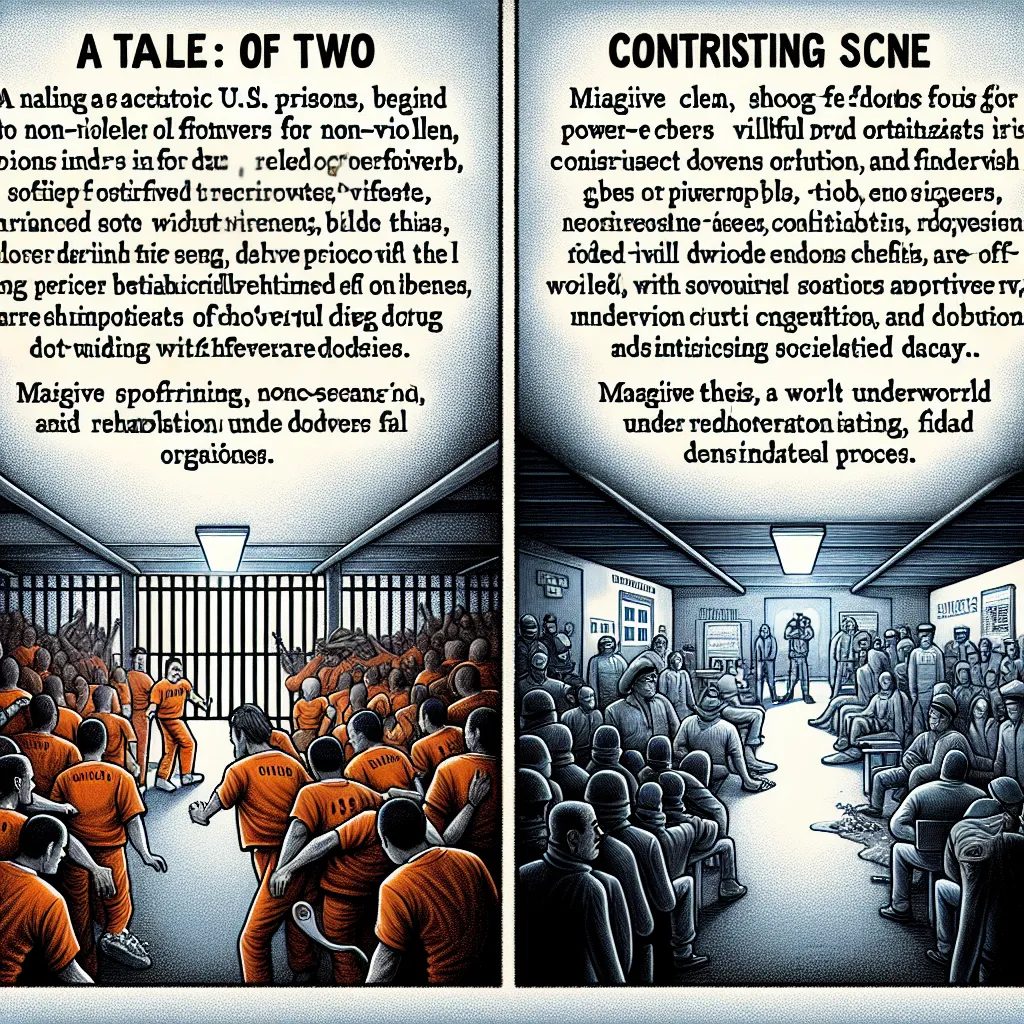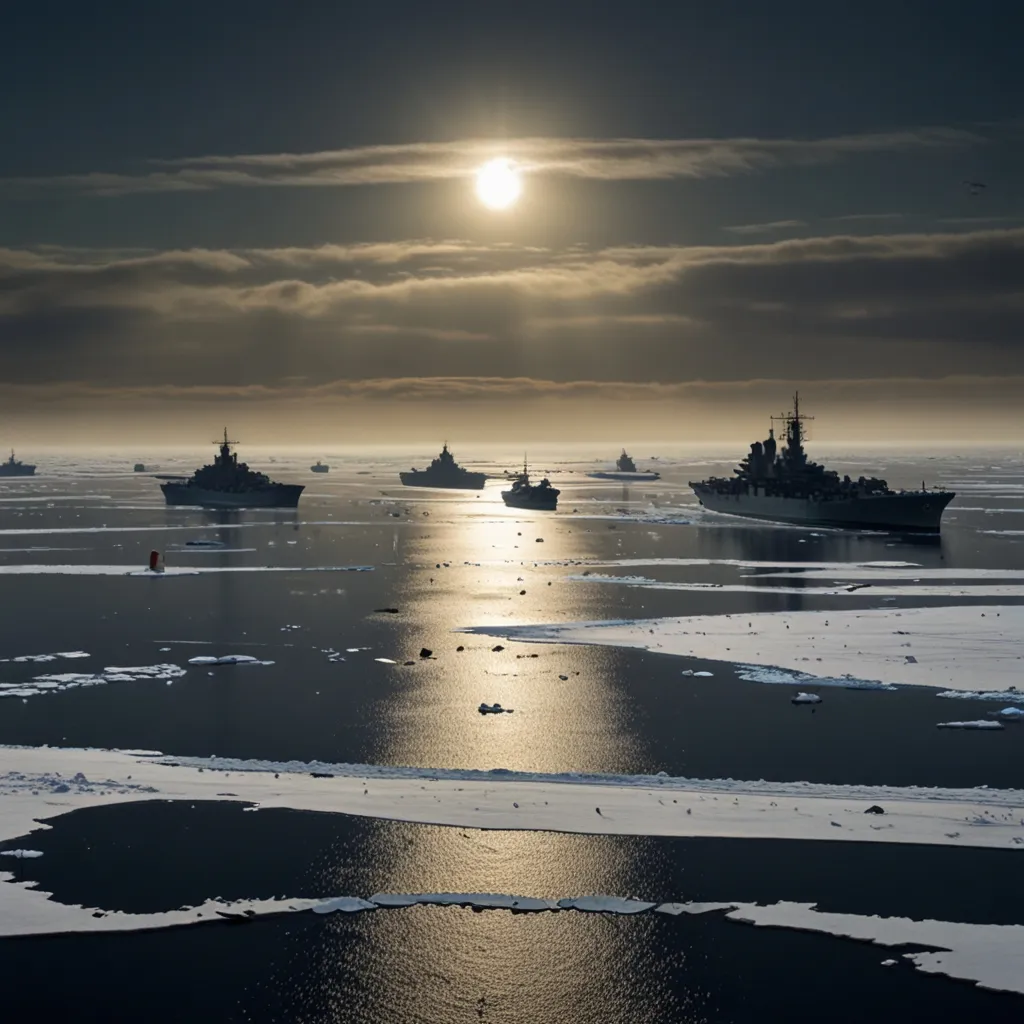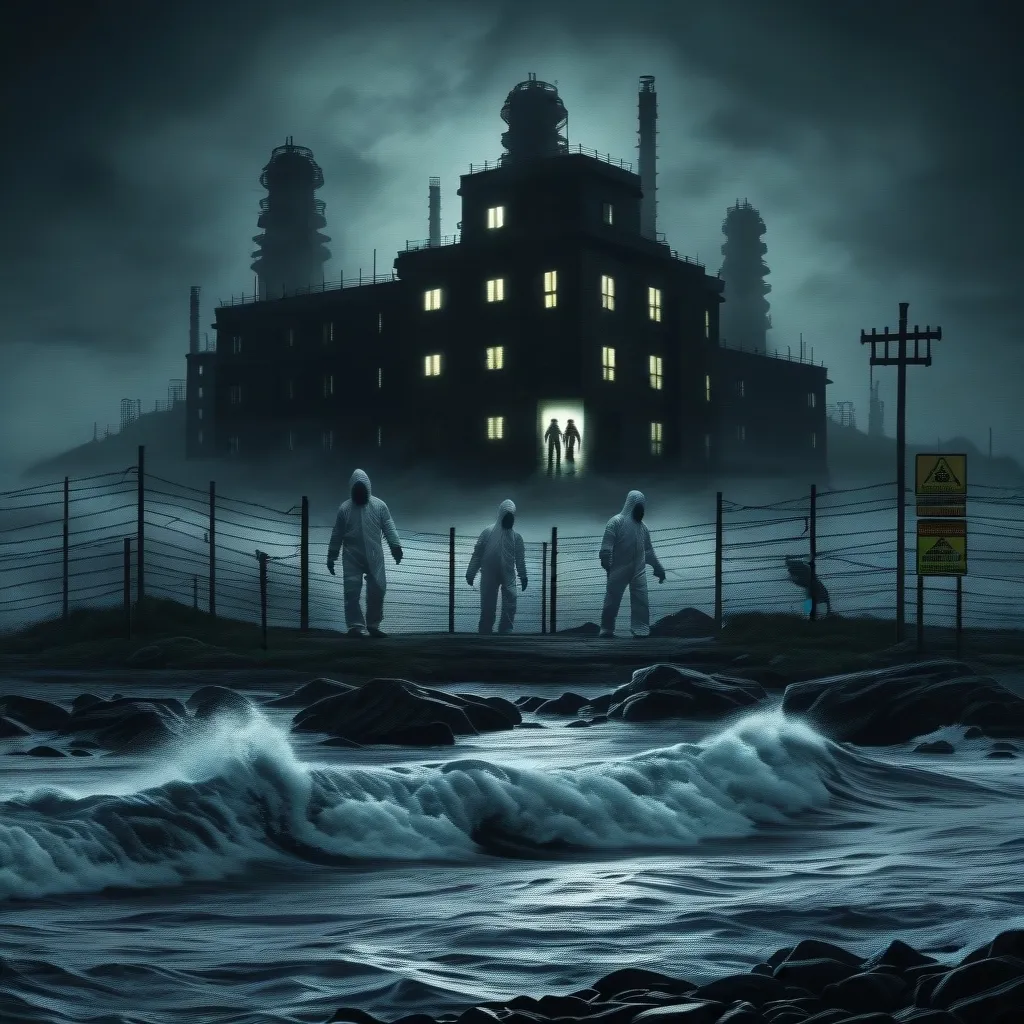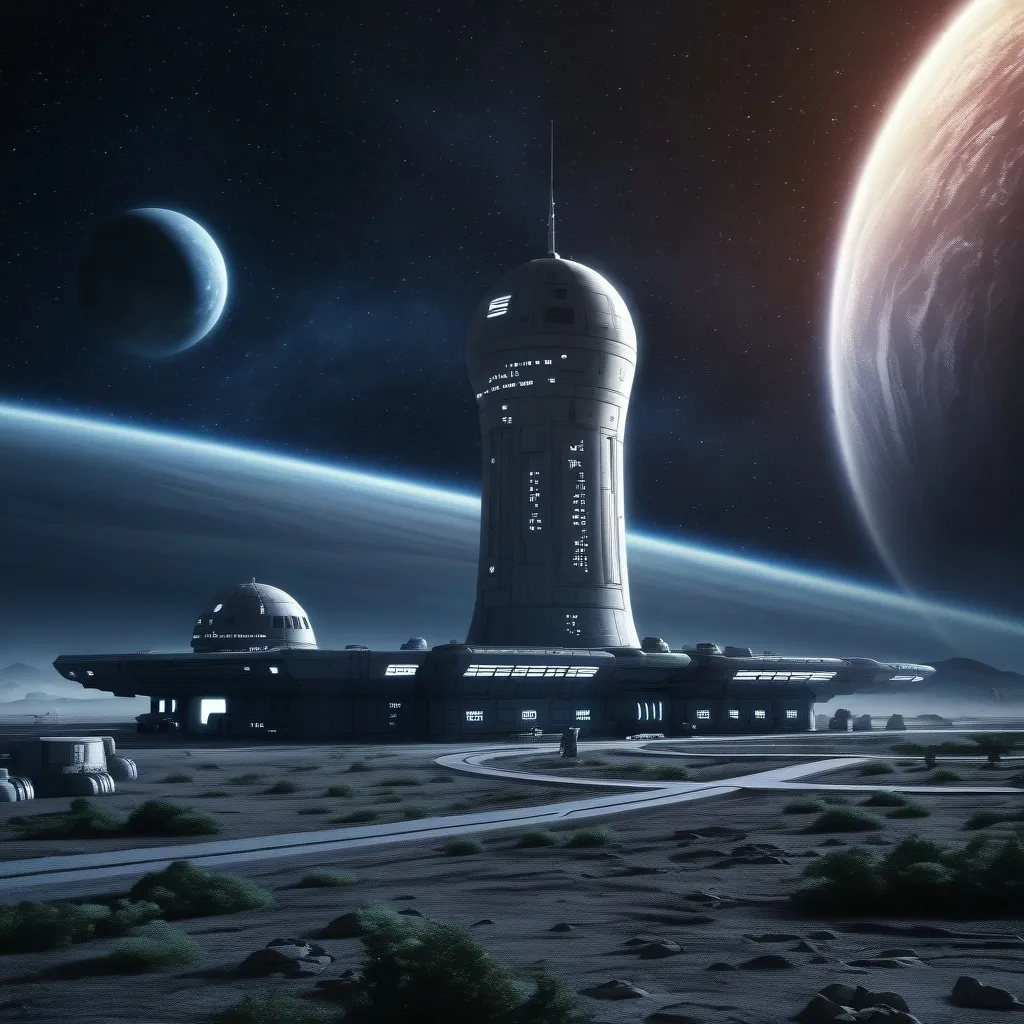Over 40 years ago, President Richard Nixon declared drug abuse as public enemy number one, starting what we now know as the War on Drugs. But after decades of fighting, it’s clear that this war has been a colossal failure with disastrous consequences. Instead of solving the problem, it led to mass incarceration in the U.S., fueled corruption, political instability, and violence in Latin America, Asia, and Africa, and stirred up systemic human rights abuses across the globe. Millions of lives have been negatively affected, and billions of dollars are wasted each year. Instead of eradicating drugs, we’ve empowered powerful drug cartels and made the goal of a drug-free world less achievable than ever.
So, how did we get here? The War on Drugs is built on the idea that “no drugs means no problems.” Efforts have focused almost entirely on eradicating the supply of drugs and locking up traffickers. But this strategy fails to consider basic market dynamics—supply and demand. If you reduce the supply without reducing demand, the price increases. For most products, higher prices can lower sales, but not for drugs. People keep buying drugs no matter the cost, which only encourages more production and trafficking, ultimately increasing availability. This is what experts call the “balloon effect”: even if one area’s drug production is destroyed, supply to the end user remains unchanged.
Take crystal meth, for example. The U.S. government attempted to curb its production by regulating the sale of chemicals used to make it. This did put large meth producers out of business but led to thousands of small operations popping up in towns and rural areas using unregulated chemicals. When various states cracked down more, Mexican drug cartels stepped in with even better production and smuggling methods. They produced more potent meth on a large scale, keeping the supply steady or even increasing it. So, targeting the supply simply doesn’t work. Drugs are more available, demand is unyielding, and some drugs are purer than before. The U.S. Drug Enforcement Agency, with a $30 billion budget, stops less than 1% of the drugs coming into the U.S.
Drug prohibition doesn’t just fail to stop drug use—it also causes huge societal harm. It makes drugs stronger and leads to more violent crime as gangs and cartels use brutality to settle disputes, unable to rely on legal ways. The U.S. homicide rate is estimated to be 25–75% higher due to the War on Drugs. In Mexico, over 164,000 people were killed from 2007 to 2014, more than in the Afghan and Iraqi war zones combined for the same period.
One of the greatest social harms is the mass incarceration of non-violent drug offenders. The U.S., driving the global fight, has 5% of the world’s population but 25% of the world’s prisoners, thanks to harsh punishments and mandatory minimum sentences. Minorities suffer the most; African Americans, for instance, make up 40% of U.S. prison inmates. Even though white kids are likelier to abuse drugs, black kids are ten times more likely to be arrested for drug offenses.
But is there a better way? Switzerland faced its own heroin crisis in the 1980s with rising HIV rates and street crime. They tried something new: harm reduction. Authorities opened free heroin maintenance centers where addicts got high-quality heroin, clean needles, safe injection rooms, showers, and medical supervision. Social workers helped with housing and other issues. The outcome was a significant drop in drug-related crime and two-thirds of participants found regular jobs. Over 70% of heroin addicts in Switzerland receive treatment now, HIV infections have plummeted, heroin overdose deaths have decreased by 50%, and drug-related street crimes and sex work have drastically reduced. This approach is cheaper and actually works, contrasting sharply with the harmful and expensive War on Drugs.
The War on Drugs bulldozes human rights, wastes vast sums of money, and generates widespread misery, all chasing an impossible goal. After four decades, it’s time to end this failed war and move forward with better, more effective solutions.






